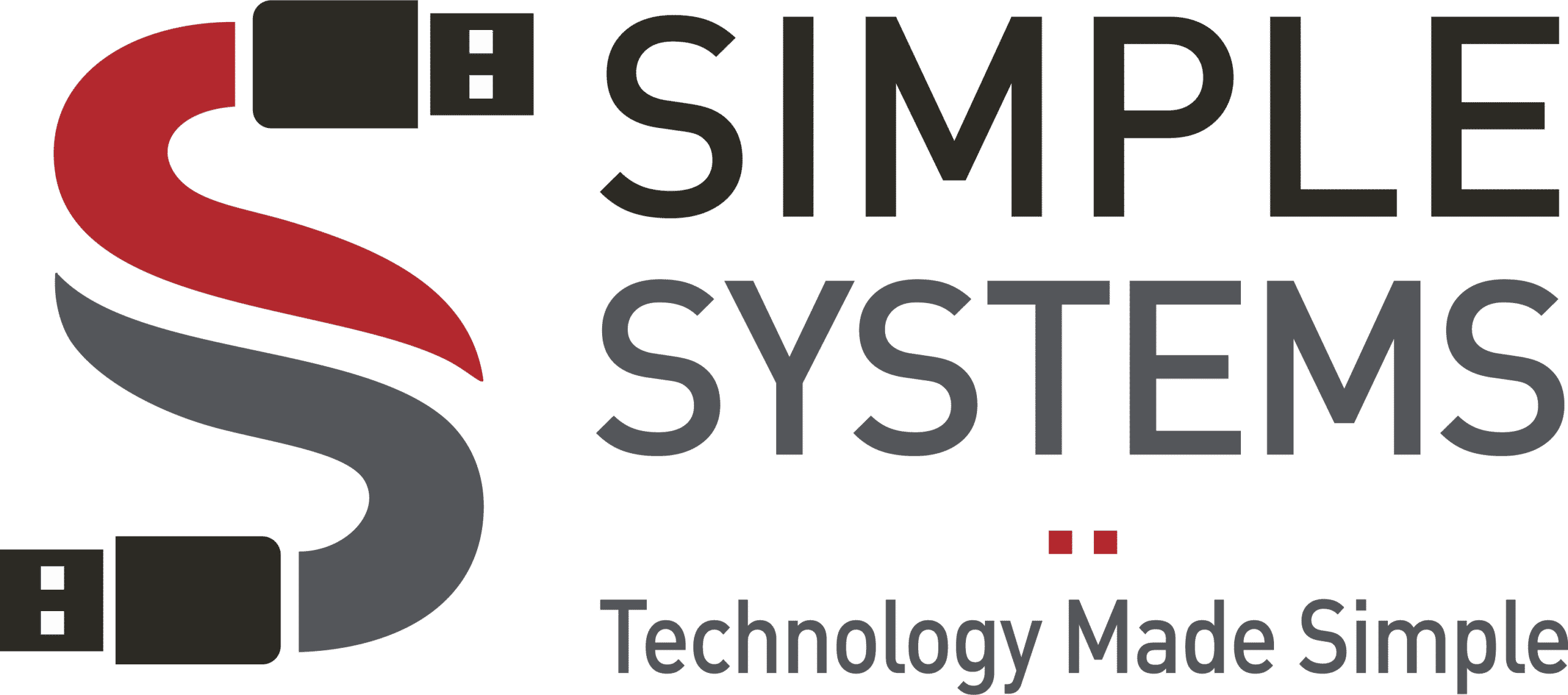The COVID-19 pandemic has forcibly changed the way us Utahns do business. With many workers having been required to work from home for a year or more, traditional work behaviors have now changed and many Utah businesses are giving their employees the option to work from home exclusively or present them with a hybrid option where employees can split time between the traditional office and home at their convenience.
This massive change has led to a significant increase in the amount of cyber incidents. In 2021, the FBI’s Internet Crime Complaint Center received 847,376 complaints from Americans, up 7% from 2020, and the potential losses for these complaints exceeded $6.9 billion.1 Since remote working is here indefinitely, we expect the trend of cyberattacks to only increase well into the future.
How Remote Work Contributes to Security Vulnerabilities
In a recent study, nearly 20% of organizations said that remote work contributed to their organization’s data breach, which ended up costing companies $4.96 million, 15% more than the average breach.2
So what is it about working from home that makes us more vulnerable to attack? Here are some key factors:
- We’re less likely to have strong security measures in place. When we’re at work, we’re usually behind a corporate firewall and have access to robust security tools like malware protection and intrusion detection systems. But at home, we’re often using our own personal computers and devices, which are usually much less protected.
- We’re more likely to take risks. Remote workers are often working in less formal environments, which can lead to a false sense of security. We might be more likely to click on suspicious links or open attachments from unknown senders, for example, because we’re not in a secure office environment.
- We’re an easy target for phishing attacks. Phishing is one of the most common types of cybercrime, and it’s particularly effective against remote workers. That’s because scammers can easily impersonate colleagues or clients, and we’re more likely to trust someone who seems like a familiar contact.
- We might be working on unsecured networks. When we’re in the office, our company’s IT team can make sure that our computers and devices are properly configured to connect to the corporate network securely. But at home, we might be using public Wi-Fi or other unsecured networks, which makes it easier for hackers to intercept our data.
- We might be storing sensitive data on unsecured devices. If we’re working on our personal laptops or tablets, there’s a good chance that we’re storing sensitive company data on these devices. And if these devices are lost or stolen, that data could fall into the wrong hands.
How to Create a Secure Remote Workforce
Securing your remote workforce can seem like a daunting task, especially if your business lacks the knowledge and resources to develop a system that protects workers and devices off the premises. That’s why many Utah businesses choose a Managed IT Service provider in Utah, like Simple Systems, to develop a system for them.
To create a secure remote work environment, we recommend the following:
- Utilize Secure Access Service Edge (SASE): A cutting-edge security framework that allows businesses to improve their network and security controls, especially in our new remote-workplace and work-from-home workforce environments. SASE provides a secure way for employees to access the internet and your business resources from anywhere in the world. It also helps protect against cyberattacks by using advanced security technologies such as firewalls, virtual private networks (VPNs), intrusion detection systems, and malware protection.
- Utilize Endpoint Detection & Response (EDR): A type of security solution that helps businesses detect and respond to threats targeting their endpoint devices. EDR solutions work by continuously monitoring endpoint activity for suspicious behavior. If a threat is detected, the solution will take action to neutralize it.
- Utilize Antivirus software: A type of security solution that helps businesses protect their endpoint devices from malicious software. Antivirus solutions work by scanning endpoint devices for malicious software and quarantining or removing any threats that are found.
- Require Multi-Factor Authentication: An electronic authentication method in which a user is granted access to a website or application only after successfully presenting two or more pieces of evidence to an authentication mechanism: knowledge, possession, and inherence.
- Written Policies for Remote Workforce: Policies provide clarity for your employees so they know what they can and can’t do with regards to accessing company assets remotely. Cybersecurity policies are also required for businesses that must follow strict cybersecurity regulations in industries such as healthcare, defense, and many others.
If you can’t set these up yourself, consider outsourcing to Simple Systems. We have the knowledge and resources to create a secure remote working environment for your employees for significantly less time and money.
References:
- https://www.ic3.gov/Media/PDF/AnnualReport/2021_IC3Report.pdf
- https://www.ibm.com/security/data-breach


